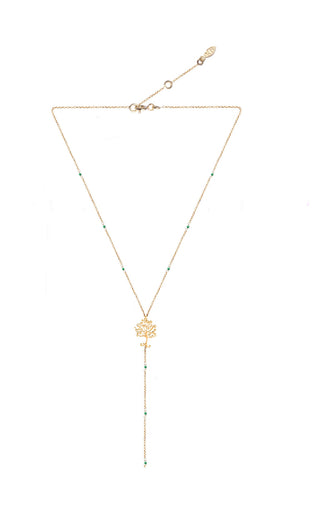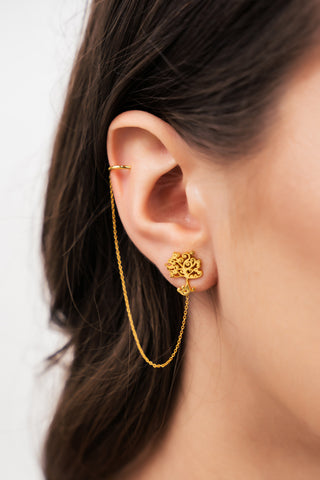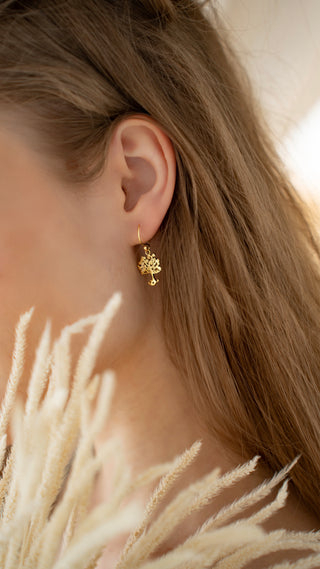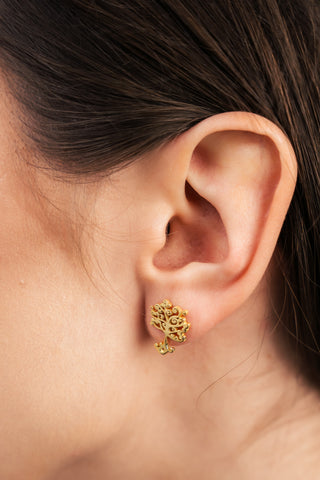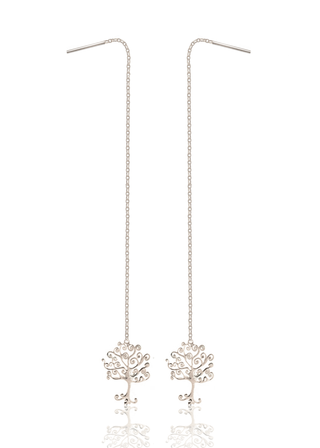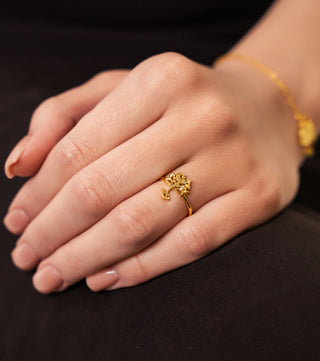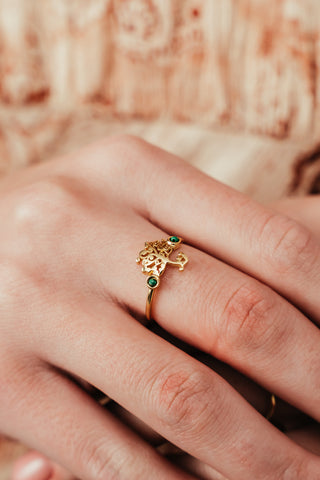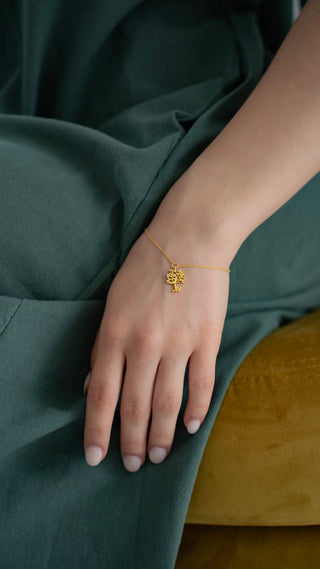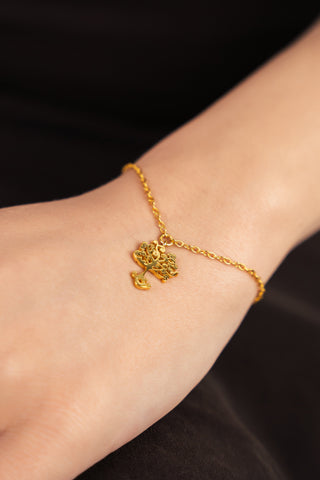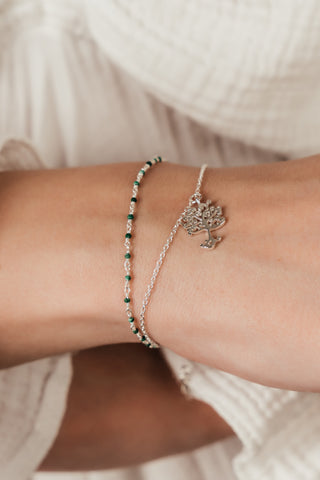The Tree of Life is a timeless emblem that has traversed cultures and epochs, symbolizing interconnectedness, growth, and immortality. Its depiction in fashion and jewelry not only enhances aesthetic appeal but also imbues pieces with profound significance.
Historical Significance Across Cultures
In ancient Mesopotamia, the Assyrian Tree of Life was a central religious symbol, often depicted with nodes and crisscrossing lines, attended by winged deities. This motif represented a connection between the divine and mortal realms.
In Chinese mythology, the Tree of Life is associated with the dragon and phoenix, symbolizing immortality and rebirth. A Taoist legend speaks of a tree producing peaches of immortality every three thousand years, granting eternal life to those who consume them.
The Norse mythological tree, Yggdrasil, is envisioned as a colossal ash tree connecting the nine worlds, embodying the universe’s structure and the cyclical nature of life, death, and rebirth.
Deep spiritual meaning
The Tree of Life as a universal archetype, it embodies the essence of family, dynasty, and the deep-rooted connections that transcend generations.
The “opening” of the Tree of Life can be interpreted as the moment of revelation, where one recognizes the power of this enduring symbol in their life. It signifies the unfolding of wisdom, growth, and unity, much like a tree spreading its branches skyward while its roots anchor deeply into the earth. This dual movement mirrors human existence—reaching for aspirations while remaining grounded in one’s origins.
As a symbol, the Tree of Life emphasizes the unbreakable bond within families. Each branch signifies a member or generation, illustrating how individuals grow independently yet remain connected to the same source. Its roots, firmly planted in the earth, reflect the ancestral foundation from which life draws strength, knowledge, and identity. This connection to the past serves as a reminder of lineage and the shared legacy that shapes families and dynasties over time.
The Tree of Life also conveys the power of resilience and renewal. Just as a tree weathers storms and adapts to its environment, families and dynasties endure challenges, growing stronger through unity. Its cyclical nature—the shedding and regrowth of leaves—symbolizes life’s enduring rhythm, offering hope and continuity.
Ultimately, the Tree of Life represents the profound power of family and the strength of human connection. It inspires individuals to honor their roots, nurture their relationships, and contribute to the legacy of their lineage. Whether as a spiritual emblem or a metaphor for life’s interwoven paths, it remains a timeless representation of unity, growth, and enduring bonds.
The Tree of Life as a Talisman
Wearing Tree of Life jewelry serves as more than an aesthetic choice; it functions as a talisman imbued with deep meanings:
- Interconnectedness: The Tree of Life represents the unity of all creation, reminding the wearer of their connection to the world and humanity.
- Growth and Resilience: The tree’s ability to withstand harsh conditions and continue growing symbolizes personal strength and perseverance.
- Eternal Life and Renewal: As a symbol of immortality, it offers comfort and hope, representing the continuous cycle of life.



